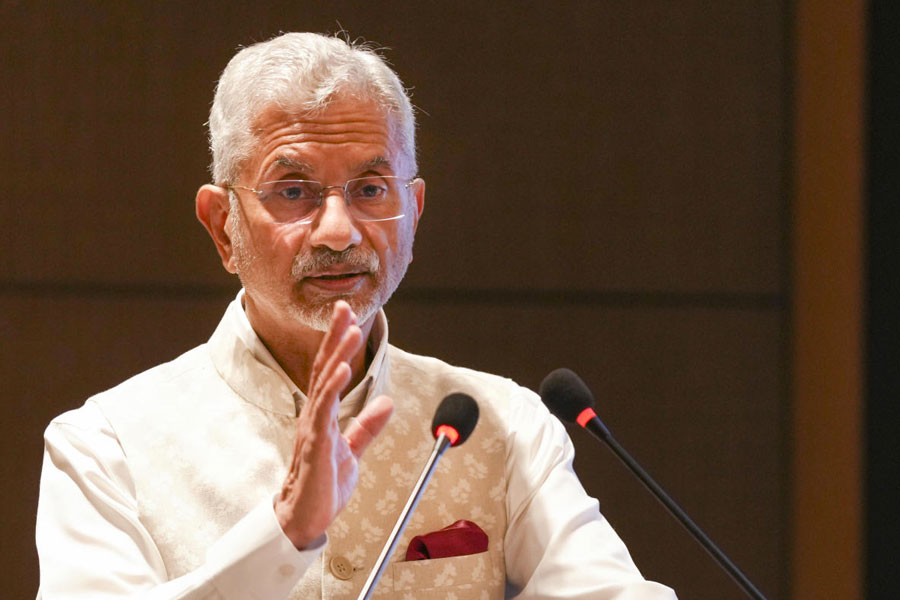| HER WOES |
| • Around 60 per cent of recent marriages are comparatively late • Late pregnancies result in complications affecting body tissue in women after 30-35 years, leading to increased rates of C-sections • Major diseases in women are up by almost 30 per cent in past decade • After heart disease, diabetes, hypertension and thyroid problems are three major diseases stalking women • Stress, lack of exercise and obesity are increasing problems |
Late pregnancy and lifestyle changes are posing a growing health risk for Calcutta?s women, warn city doctors.
Doctors with the Gynaecologist Society of India warn that over 60 per cent of pregnancies in Calcutta are considered late (between 30 and 35 years). This is in comparison to smaller cities, like Pune or Kanpur, where only 15 per cent of the cases fall into the late pregnancy bracket.
Surveys conducted by women?s health agencies reveal that complications among women, especially those who choose to have children later, are rising at alarming levels.
?Premature births, complicated Caesarean sections, uterine tumours and metabolic problems are all related to late pregnancies in women and seems to be a big worry now,? says gynaecologist Ratnavali Chakraborty.
The rates of miscarriages, anaemia and mortality have also increased in women above 35 years. Around 70 per cent of all births in the past two years have been through Caesarean section in the city, compared with 15 per cent in smaller cities.
This too, doctors attribute to the rising age of expectant mothers.
?Keeping the complications in mind, we are advising women to have their first child before 30 years, as late conception can cause complications like lung problems in children,? pointed out gynaecologist and obstetrician Purabi Mukherjee.
Late pregnancies could be leading to increasing complications, as women are more exposed to stress both in the workplace and at home.
They also have little time for exercise, which contributes to the growing risk of diabetes, hypertension and thyroid disorders. ?The incidence of these diseases is up by almost 30 per cent in the past seven to 10 years,? says Purabi Mukherjee.
According to figures available with the Diabetic Association of India (DAI), lack of exercise and increasing obesity is significantly seen among women in their late 20s or early 30s. In the past 15 years, the number of diabetes cases detected has gone up from between ?five and eight per cent? to 15 per cent.
?A few years ago, the genetic factor in women was the single largest cause of diabetes, but now environmental factors, especially lack of exercise, is affecting insulin sensitivity,? said Subhankar Choudhury, head of endocrinology, SSKM Hospital and vice-president, DAI (Bengal).
Awareness is the key to better health, medical professionals advise. After reaching the age of 25, routine checks are recommended, as is controlling stress levels. Women should ideally be planning children between the ages of 25 and 30 years, said Chakraborty.
However, if that isn?t possible, staying in shape is the next best option.










